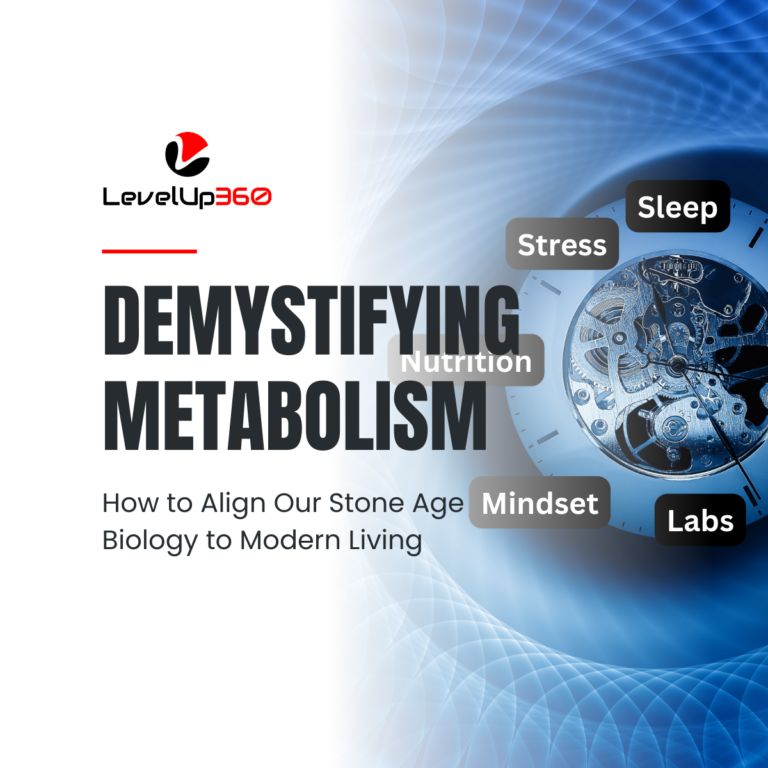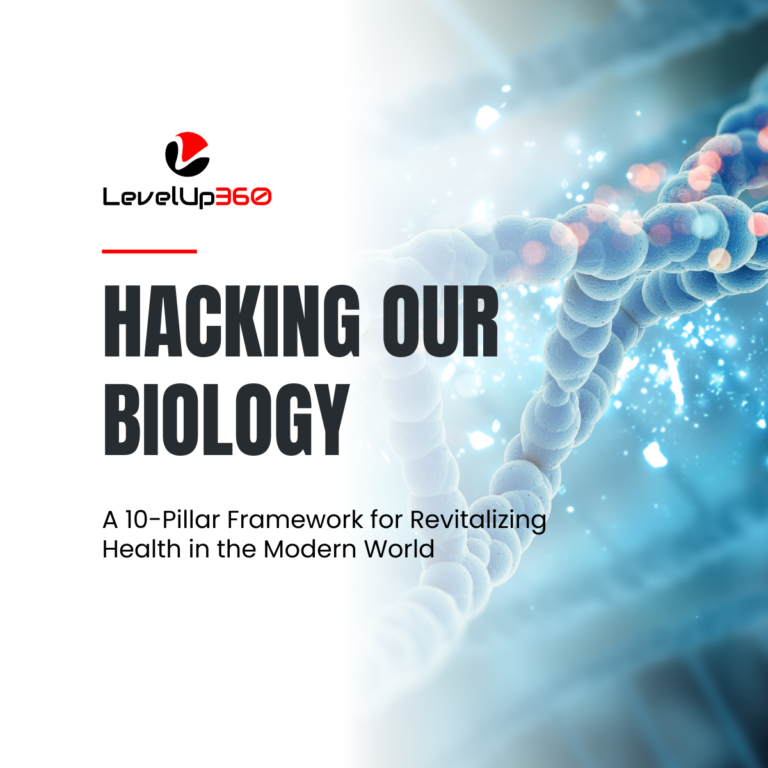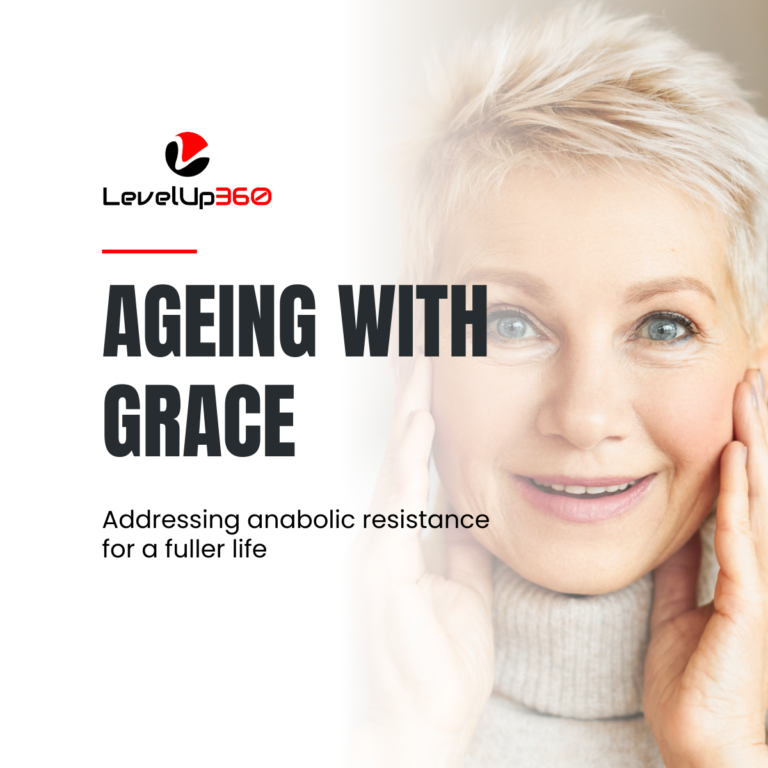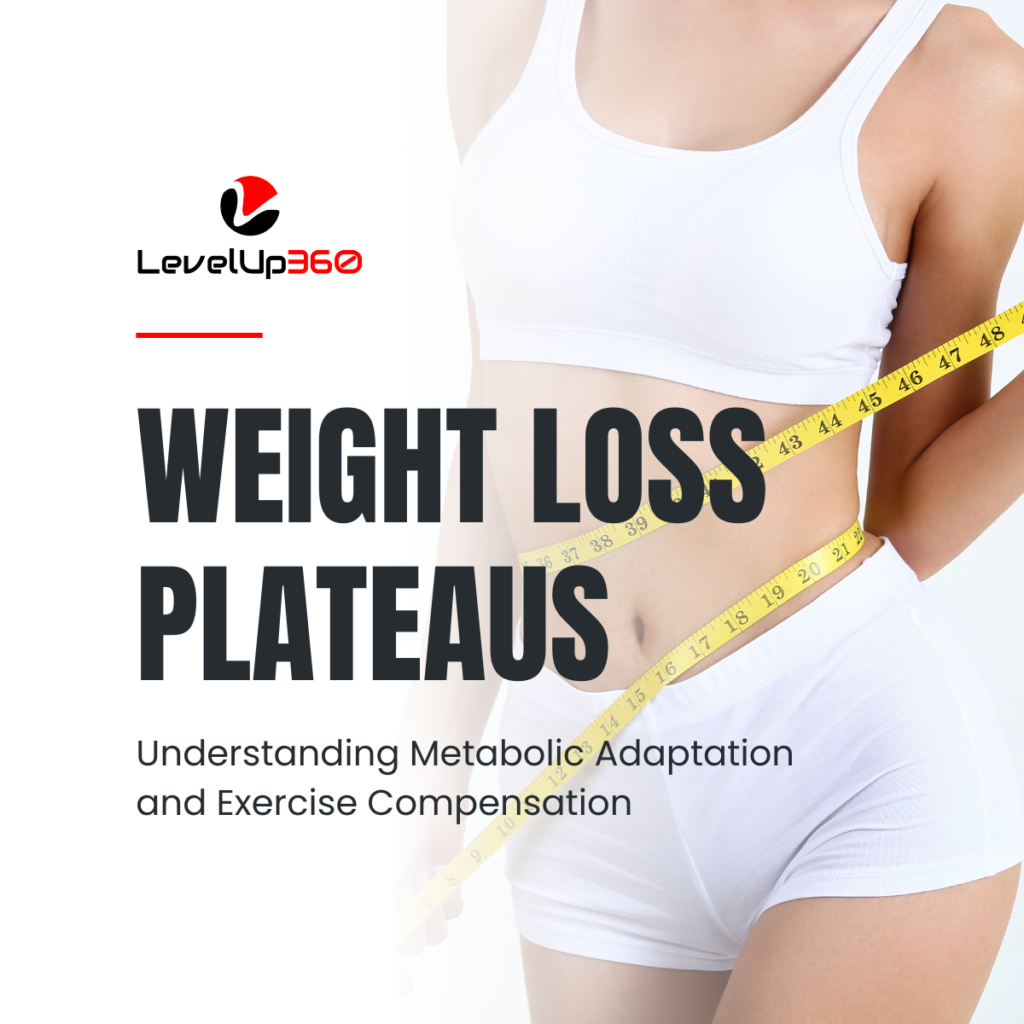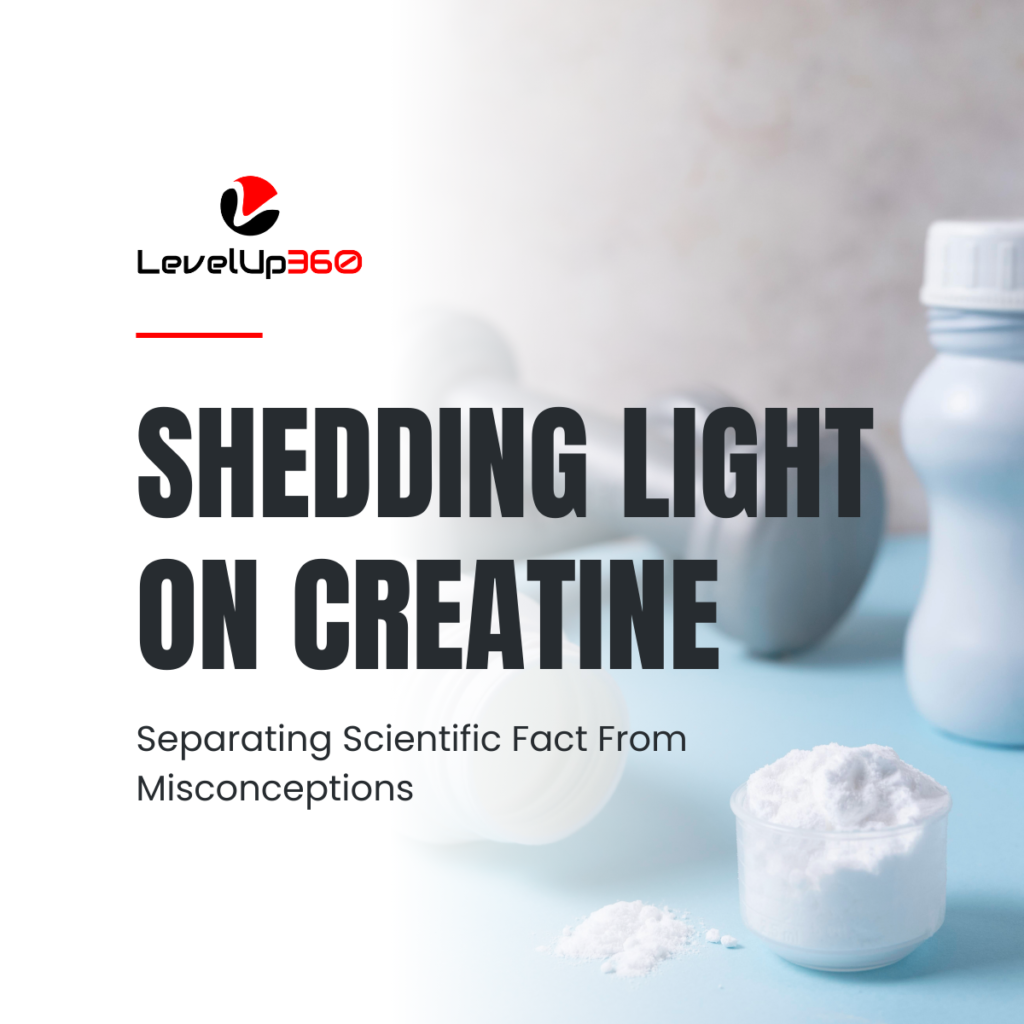
Aging gracefully
Have you ever wondered why some people seem to age gracefully, while others struggle with declining health as they get older?
In the pursuit of longevity, we all desire not just to add years to our lives but to add life to our years. Living a vibrant and fulfilling life, filled with energy, joy, and cherished moments, is the ultimate goal. Imagine being that active and lively 95-year-old, thriving in life, rather than a sluggish 105-year-old struggling to maintain health. The key to achieving this lies within our muscles – Did you know that muscle plays a pivotal role in our overall health and longevity, and it’s called The organ of longevity – However, as time gracefully passes, we encounter a challenge known as age-related anabolic resistance, which hinders our muscles’ response to protein and amino acids, leading to a decline in muscle mass and strength. But we are not defenceless against anabolic resistance and the effects of ageing, and we can take charge of our well-being and overcome anabolic resistance through effective strategies.
We all desire not just to add years to our lives but to add life to our years. Living a vibrant and fulfilling life, filled with energy, joy, and cherished moments, is the ultimate goal
Understanding Age-Related Anabolic Resistance
As we journey through life, the ageing process brings with it a host of changes, including a natural decline in muscle mass, strength, and function. This phenomenon, known as age-related anabolic resistance, poses real-world consequences, impacting our ability to maintain independence and overall health. Age-related anabolic resistance refers to the diminished response of muscle protein synthesis to the consumption of protein or amino acids. This decline contributes to the loss of skeletal muscle mass and function. As we grow older, anabolic resistance tends to intensify, further emphasizing the importance of addressing this issue proactively.
The Implications of Anabolic Resistance

The consequences of anabolic resistance extend far beyond cosmetic concerns. Reduced muscle mass and function are linked to various age-related diseases, such as diabetes, cardiovascular issues, and even depression. Additionally, during critical illness or extended bedrest, anabolic resistance can lead to rapid muscle atrophy, posing severe risks for recovery and survival.
Identifying the Causes of Anabolic Resistance

Several factors contribute to anabolic resistance, including inactivity, insulin resistance, chronic inflammation, decreased stem cell function, and reduced capillary density in muscles. Understanding these causes empowers us to take proactive steps to combat anabolic resistance effectively.
Overcoming Anabolic Resistance
Fortunately, there are various strategies that can help surmount age-related anabolic resistance and promote muscle health throughout your life:
1. Exercise: Regular resistance training, involving both heavy and light loads, plays a pivotal role in stimulating muscle protein synthesis, increasing muscle mass, and enhancing insulin sensitivity. Incorporating compound movements into your workouts, such as squats, deadlifts, and presses, can yield significant benefits.
Did you know that resistance training is a key tool for health and longevity? Do you engage in regular resistance training? If not, are you motivated to start incorporating it into your routine?
2. Distribute Protein Intake Evenly Throughout the Day: Distributing protein intake evenly throughout the day is essential for promoting muscle health and overall metabolic balance. Research conducted by Maria Arno in France showed that if a meal contained less than 45 grams of protein, the net daily muscle protein synthesis was lower, leading to reduced lean body mass over time. This underscores the significance of distributing protein intake across meals to optimize muscle health.
3. Optimize Protein Intake: Consuming sufficient protein is vital for muscle health. Current recommendations for daily protein intake in most older individuals are 1.2–1.5 grams protein/kilogram body weight (or 1.2–1.5 grams protein/kilogram body weight if individuals suffer from obesity or are overweight).
Recent research has shed light on the importance of protein timing and meal distribution and revealed that individuals aged 25 or younger required only 15 grams of protein per meal to stimulate muscle protein synthesis effectively. However, in older adults, around 35 grams of protein per meal were needed to achieve the same effect. This indicates a minimum threshold of approximately 30-35 grams of protein per meal for optimizing protein synthesis in adults.
Additionally, the essential amino acid leucine, found in protein-rich foods, serves as a crucial signal for muscle protein synthesis. To achieve the minimum protein threshold required for optimal muscle protein synthesis, approximately 2.5 to 2.7 grams of leucine per meal are necessary. Including protein-rich meals throughout the day, especially a protein-rich breakfast after an overnight fast, can boost muscle protein synthesis and offset anabolic resistance.
An important consideration regarding protein intake is the protein source. Studies have shown that animal-based proteins are more effective in achieving a muscle protein synthesis response than plant-based proteins. While plant proteins can provide essential amino acids, they may lack some amino acids or have them in lower quantities as is the case with Leucine. Additionally, plant proteins may not be as easily digestible as animal-based proteins and often have lower bioavailability which can affect nutrient absorption in a plant-based diet.
If you are following a plant-based diet, you may need to consume higher amounts of plant proteins, incorporate a variety of plant-based protein sources and consider supplementation when necessary to compensate for differences in protein synthesis and ensure complete amino acid profiles. To enhance bioavailability, you can pair plant-based protein sources with foods rich in vitamin C, which can improve iron absorption, or consume fortified plant-based products to increase nutrient availability.
How do you plan to ensure you meet your protein needs and incorporate protein-rich meals throughout the day?
To help you optimize your daily protein intake, I have created a table comparing the content of leucine, protein and energy per 100 g of different foods, you can download it here.
4. Address Inflammation: Chronic low-grade inflammation, known as inflammaging, is common as we age and exacerbates anabolic resistance. Prioritize an anti-inflammatory lifestyle, including a balanced diet, regular exercise, stress management, and quality sleep. Are you aware of any inflammatory triggers in your life, and what steps will you take to address them?
5. Hydrate for Muscle Health: Dehydration can impair muscle function and contribute to anabolic resistance. Ensure you are adequately hydrated throughout the day to support cellular health and overall well-being.
How do you plan to improve your hydration habits? You may want to take a look at a previous article that I publish on Hydration: Importance, Benefits, and Strategies for Optimal Fluid Intake.
Conclusion

By understanding the significance of protein intake, meal distribution, and their impact on anabolic resistance and longevity, we can make informed choices to support our muscle health and overall well-being. Whether you’re a fitness enthusiast, a health-conscious individual, or someone looking to age gracefully with vitality, incorporating these findings into your dietary habits can make a real difference. Remember, it’s not just about living longer; it’s about living better – with strength, energy, and joy in each passing day!
Recommended reading
- 1
- 2
Recommended reading
- 1
- 2
Additional Resources
Feeling in control of your health
If you are interested in improving your health and wellness, check out other resources such as Our Blog, Free Resources and/or join our private Body-Mind Transformation Secrets Community on Facebook, and The 360 Transformation Blueprint Podcast on Spotify and go on an even deeper dive with me to uncover how to succeed in your health and wellness goals.
You may also be interested in our Sleep Secrets Cheat Sheet. It is a great resource with strategies to fix and optimize your sleep which is crucial to succeeding in your health and wellness goals.

